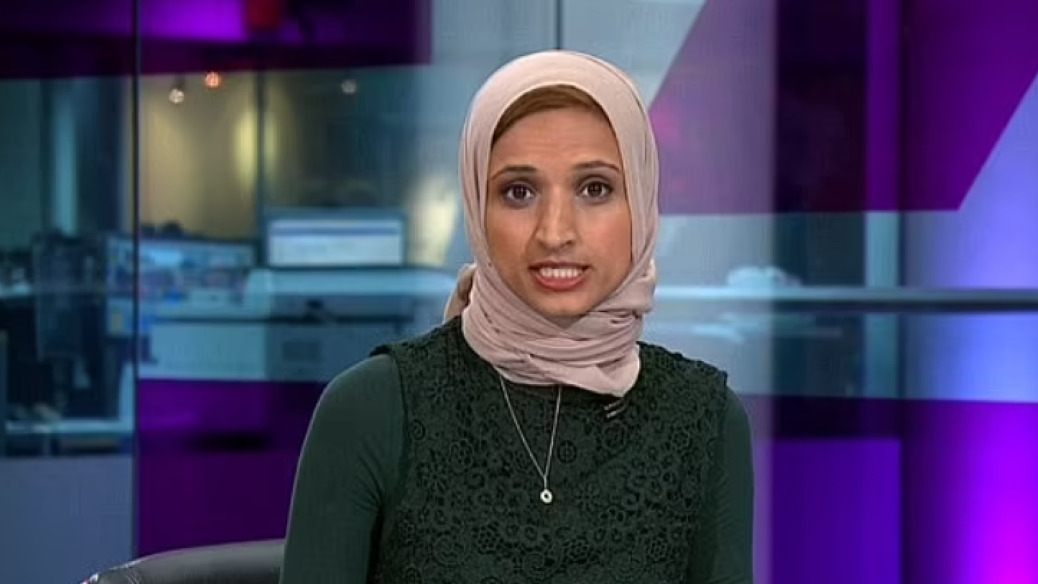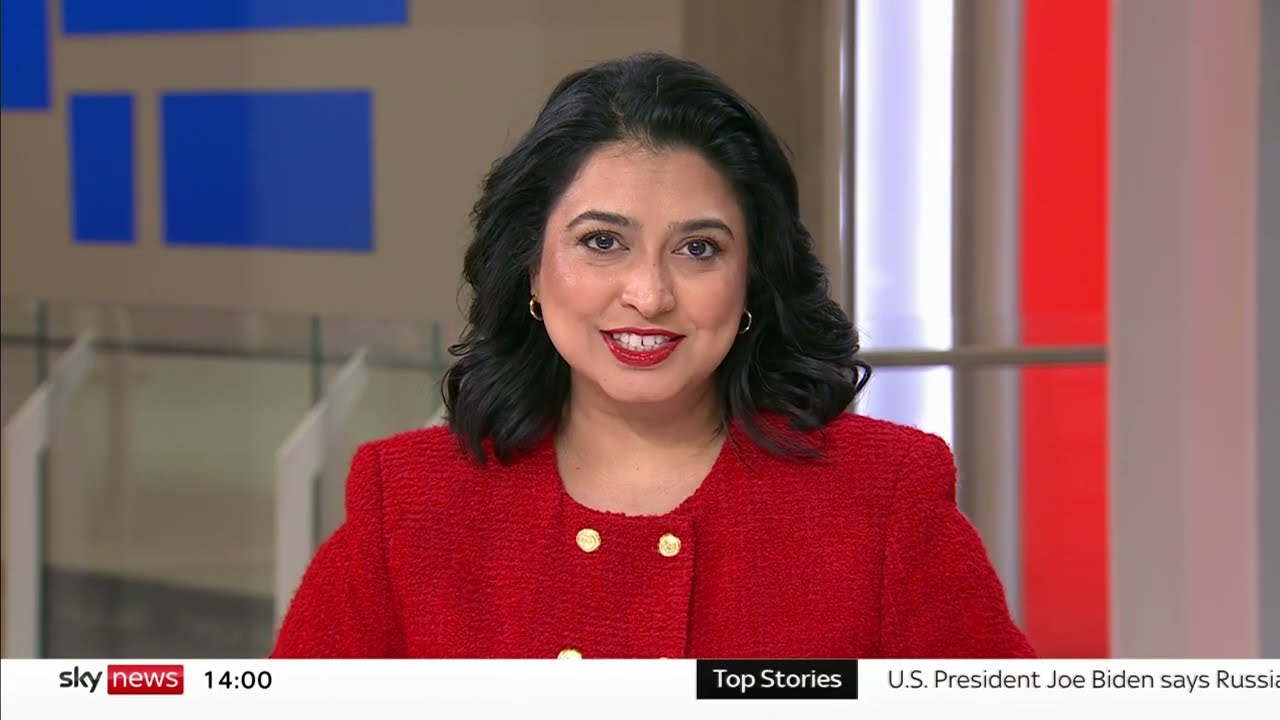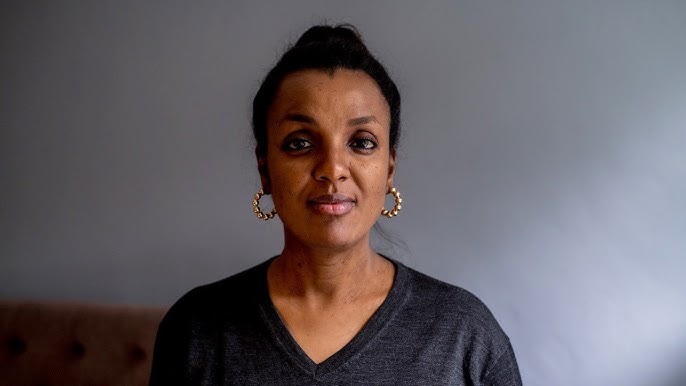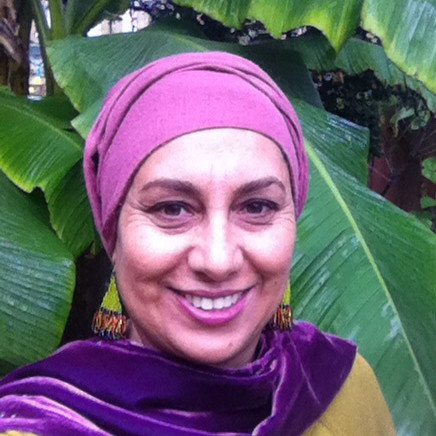How UK Media Fails Its Muslim Women Journalists
From newsroom bias to mental health struggles, 102 Muslim women reveal how discrimination and tokenism are forcing them out of the profession they once believed in

A news report by the Centre for Media Monitoring (CfMM) exposes the harsh realities Muslim women journalists endure in the UK media industry.
Titled "Muslim Women in the Media: Breaking Barriers, Bearing the Burden," the study reveals systemic discrimination, toxic workplace cultures, and the emotional toll of covering conflicts like Gaza, pushing many to the brink of leaving journalism altogether.
The findings are based on testimonies from 102 Muslim women working in print, broadcast, and online journalism. A staggering 92% reported that negative attitudes toward Islam and Muslims are deeply embedded in British media organisations, and 72% said they experienced direct discrimination because of their Muslim identity.
The report describes a toxic newsroom culture where visibly Muslim women, especially those who wear hijab or niqab, are subject to heightened stereotyping, microaggressions, and marginalisation.

“My identity was used for PR purposes, but then, actually, when it came to it, I was easily disposable,” said Saima Mohsin, a presenter at Sky News.
Many participants highlighted a paradox they live daily, being hypervisible due to diversity initiatives, yet systematically excluded from decision-making processes and confined to stereotypical “Muslim stories.”
81% of respondents said Muslim women remain unfairly represented in the media, and over a third expressed dissatisfaction with their roles, citing tokenism and career stagnation.
The toll of covering the war in Gaza has been hefty. 85% of respondents reported that media coverage of Gaza harmed their mental health, with some describing newsroom narratives as being “directly lifted from the Israeli military’s playbook.”
One respondent painfully confessed, “I’ve never been so ashamed to call myself a journalist.”
Even more troubling, many said their editorial concerns were dismissed or ignored. One participant described the environment as “a wall of silence”, reflecting a broader institutional refusal to engage with alternative narratives or the emotional impact of the coverage on Muslim journalists.

Nesrine Malik, a Guardian columnist, remarked during the report’s launch in London, “The political context in the last few years has been dire for Muslims. When you function under that level of securitisation of Muslims, particularly Muslim women, for so long, you forget that it exists and it just becomes the water that you are in.”
The CfMM has warned of a looming retention crisis in the industry if these conditions are not addressed. Around 60% of participants have considered leaving journalism entirely, driven by burnout, emotional harm, and professional isolation.
Despite the hostility, 70% of the respondents felt that their Muslim identity brought a unique and valuable perspective to their work. But even this strength is undermined by the structural barriers they face daily.
 Rizwana Hamid, Director of the CfMM, urged media executives to take the report’s findings seriously: “Currently, there is no other community that is as vilified as Muslim communities are in the media.”
Rizwana Hamid, Director of the CfMM, urged media executives to take the report’s findings seriously: “Currently, there is no other community that is as vilified as Muslim communities are in the media.”
She stressed that surface-level diversity efforts are insufficient unless accompanied by systemic reform.
The report concludes with a powerful reminder, “Muslim women are already shaping the media, often in spite of their institutions. But without meaningful change, many say they are disincentivised to stay.”
